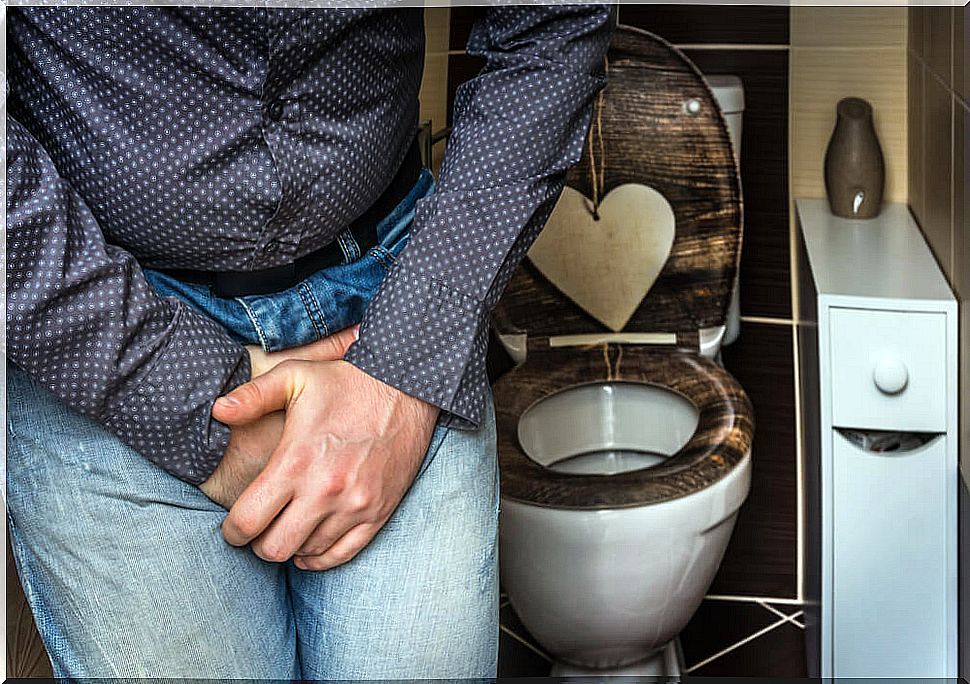Foley Catheter: Use And Technique
The Foley catheter is a type of flexible catheter used to drain urine from the bladder to the outside. For this reason it is also commonly known as a urinary catheter or urinary catheter.
The tube material is usually latex, since thanks to its properties it is more comfortable for the patient. However, if the person is allergic to latex, another type of plastic can be used to maintain the sterility of the probe to prevent infection.
As a curiosity, it should be noted that these probes are named after Dr. Foley, an American surgeon. In addition, as we will explain later, they are used very frequently in medical practice.
What is the design of the Foley catheter?
The Foley catheter is inserted through the urethra and has to reach the bladder, so it is a tube that must be adapted to different sizes. For this reason there are children’s, women’s and men’s varieties. There are also different thickness gauges to better adapt to the particularities of the anatomy of each patient.
Thus, we find a scale that serves to describe the size of the catheters. It is the French Charriére scale where one unit is equal to 0.33 mm.
The number of Charriére units equals the size of the catheter circumference in millimeters. In other words, with the number of Charriére units (represented by the symbol F) we can know the diameter of the catheter and, therefore, of the urethra.
Despite the array probes all have in common the fact carry incorporated an inflatable balloon tube that comes standard deflated.
The balloon is crucial for the Foley catheter to function properly since it is the only element of the design that allows the catheter not to slip out.
What is the Foley catheter placement technique?
Before proceeding to the placement, it must be checked that the probe is not defective. Nowadays the manufacturers’ houses carry out very strict quality controls, but even so it is not uncommon that from time to time there are problems with the probe because it is simply defective.
To verify that the probe works, sterile water must be introduced into the mouthpiece housed in the balloon. If we see that the balloon swells and there are no water leaks, then the probe can be placed on the patient.
The patient must have the genitals perfectly washed. With the help of a little lubricant , the catheter is carefully inserted through the urethra. To facilitate the entry of the tube into the bladder, abdominal pressure can be applied by means of breathing maneuvers or by simulating the act of urination.
Once the tube is already lodged in the bladder, the balloon must be filled to prevent the catheter from coming out. With the help of a syringe, the balloon is filled with air or sterile water in the mouthpiece housed with a small valve.
Finally , the valve of the catheter itself is connected to a bag so that the urine is stored. To facilitate volume measurement there are usually graduation marks on the bag, usually in milliliters.
What is the Foley catheter used for?

The most common indications for a Foley catheter are:
- Urinary incontinence: it is typical in the elderly and in patients who have suffered neurological damage where the nerves responsible for urination are damaged.
- Any situation that prevents the complete emptying of the bladder: this is the case of prostate cancer.
- Patients who have undergone surgery and the volume of urine eliminated must be controlled.
What are the drawbacks of the Foley catheter?
The main problem when using the Foley catheter is the risk of urine infection. The catheter is still a foreign body lodged in an area where bacteria can creep from the outside of the genitals into the bladder. For this reason, special care must be taken with intimate hygiene.
In addition, it is important to prevent the drainage bag from kinking so that the flow of urine is not interrupted and accumulates retrograde. A simple way is to fix the catheter with tape to the thigh or if the patient is bedridden, leave the bag under the bed so that the urine flows through gravity.








